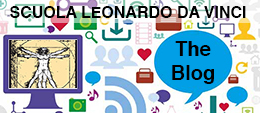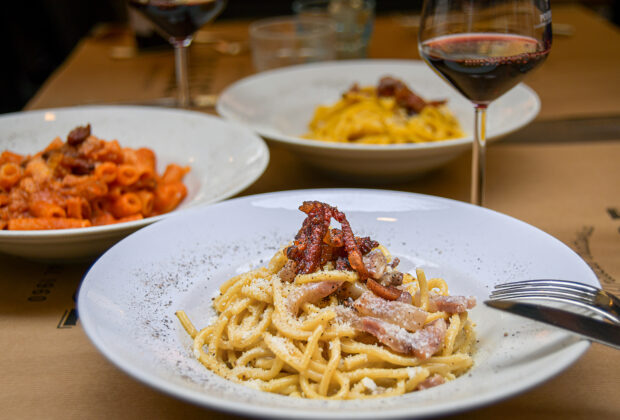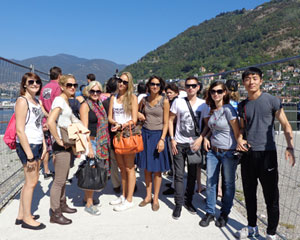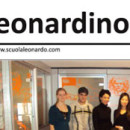When thinking about Italy, one of the first things that comes to mind is, without a doubt, the pasta. But today we would like to ask a second follow-up question: What associations do people then commonly have with pasta in Italy’s capital, the Eternal City? Whether we imagine bucatini or rigatoni or perhaps prefer tonnarelli and mezze maniche, pasta is an undisputed protagonist at the Roman dinner table.
When walking through the winding, cobblestoned alleys of Rome’s historic center – whether you are Roman, Italian, or perhaps hail from another part of the world – stopping in a typical trattoria to savor a good plate of Carbonara, Amatriciana, or Gricia pasta is an absolute must. But what are the differences between these typical Roman recipes? And how to choose which one to order?
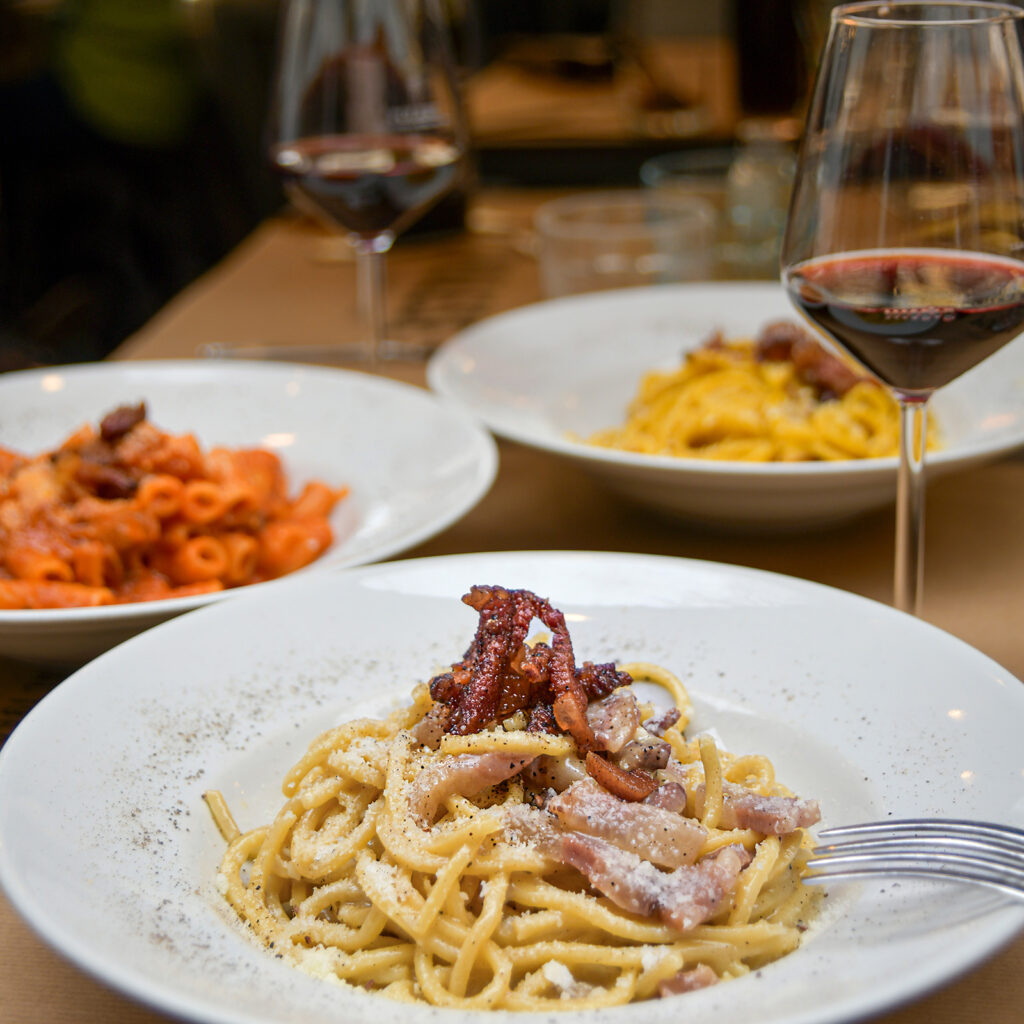
Most importantly, we must remember that each of these three dishes derive from a single iconic pasta recipe: the 'Cacio e pepe.' This dish’s preparation is incredibly simple and guarantees quality. Cacio - that is to say, pecorino romano cheese - and pepper are its two singular ingredients. In turn, cheese and pepper are the foundation not only of this recipe, but of each of Rome’s historic pasta recipes.
Now here's where it gets interesting…If we add guanciale, a cut of pig cheek that is typical of Lazio and Central Italy, to the cheese and pepper, now we’ve suddenly created a delicious dish of Gricia pasta!

Notice here that we use the word “guanciale,” as opposed to pancetta or (even more blasphemous to us Romans) bacon. In Roman cuisine, guanciale is king! Only this particular cut of pork, whether sweet or smoked, can guarantee that strong and spicy flavor, that right amount of fat, and that delicate consistency that Romans dream of. And, of course, occasionally overdoing it with a little extra fat sizzled in boiling oil goes a long way in satiating our need for robust flavours!
Now, if you're wondering what's missing in order to create a Carbonara or an Amatriciana, well... all it requires is some skilled calculations and a touch of alchemy to crack this delicate code of addition and subtraction. The creaminess of a Carbonara requires the addition of eggs to our three basic ingredients. Amatriciana, on the other hand, instead asks for a quality tomato sauce as opposed to eggs. Simple, right?!
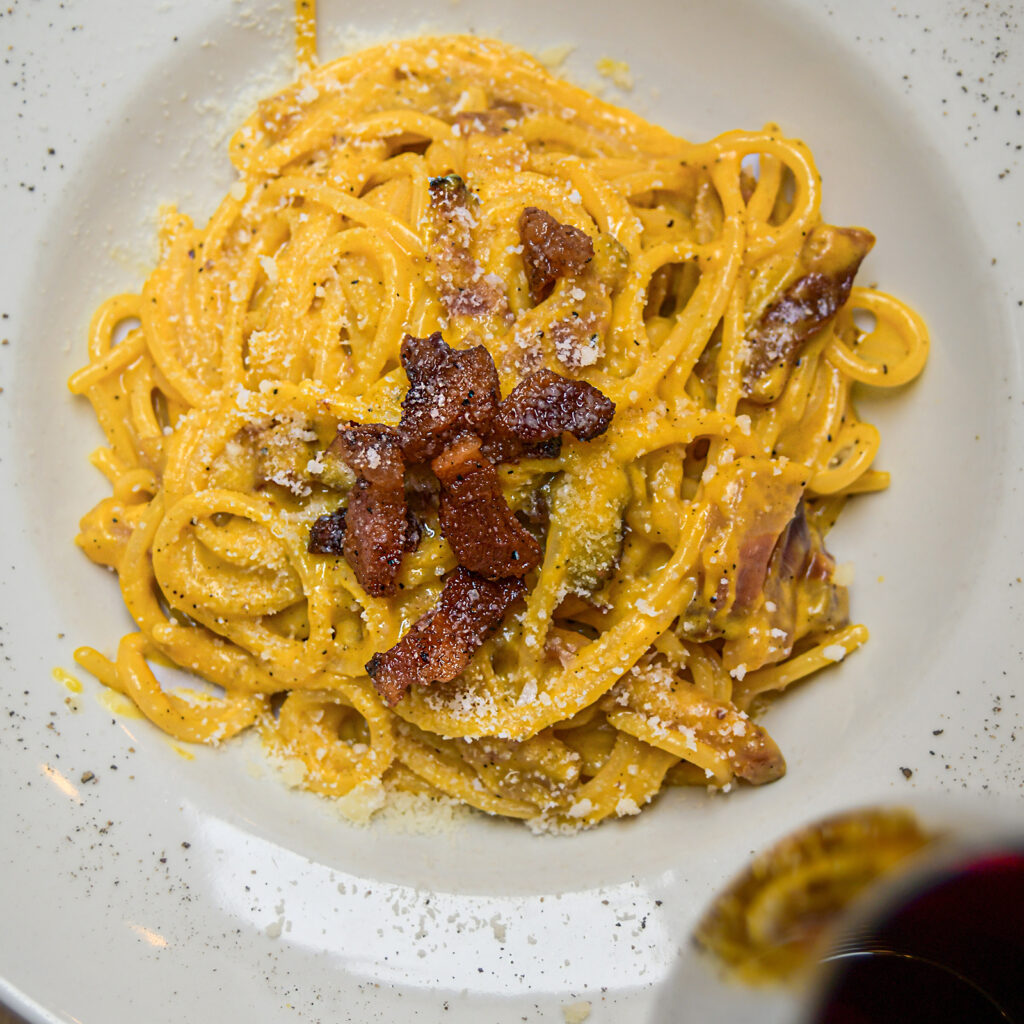

If you’re starting to feel a bit confused, not to worry! Let's do a quick recap: Gricia is a 'Cacio e pepe' with the addition of guanciale; the Carbonara is then a Gricia supplemented with eggs, and the Amatriciana is instead a Gricia topped with a delicious tomato sauce. All it takes for a Cacio e pepe, is to instead subtract out any additional ingredients in order to return back to the basics of pepper and pecorino romano cheese.
Roman cuisine is world renowned for its authenticity and it is precisely for this reason that we mustn’t forget that the key ingredients behind these dishes are, on the one hand, the skill and experience with which these simple, high-quality, and local products are combined, as well as the warmth and pride with which they are served. This is why eating a good plate of Carbonara, Amatriciana, or Gricia pasta in Rome will always make you feel at home!
Scuola Leonardo da Vinci Rome
The Eternal City has known it all. Victory and defeat, joy and tragedy, glory and humility marked Rome’s history, culture and architecture. A magical place with vibrant, timeless lifestyle with countless secrets waiting to be discovered.
The Scuola Leonardo da Vinci is situated in the centre of Rome, in the pedestrian area, halfway from the astounding Piazza Navona, Castel S. Angelo and St. Peter Basilica. It is one of the largest schools in Rome.
We, from Leonardo da Vinci School have one mission – to introduce you to this exciting urban symphony. Every year thousand of students from more than 90 countries jump into this adventure hand in hand with us. Leonardo da Vinci School is not only leading language institute, but centre of Italian culture and lifestyle. We match our vast experience with our student’ eagerness to know and learn and together we make it happen.
Latest posts by Scuola Leonardo da Vinci Rome (see all)
- Raffaella Carrà: From "Queen of Television" - July 9, 2024
- Rome Pride: your love is as eternal as Rome - June 13, 2024
- Sakura: From the Rising Sun to Rome! - April 16, 2024
